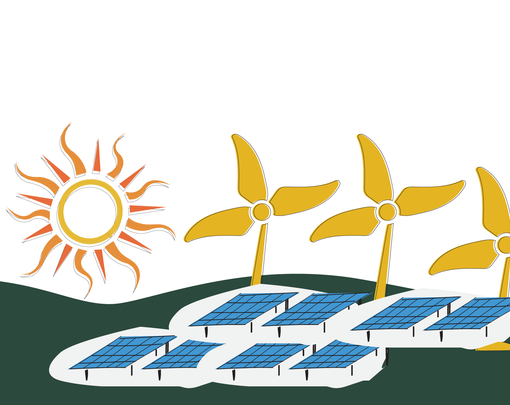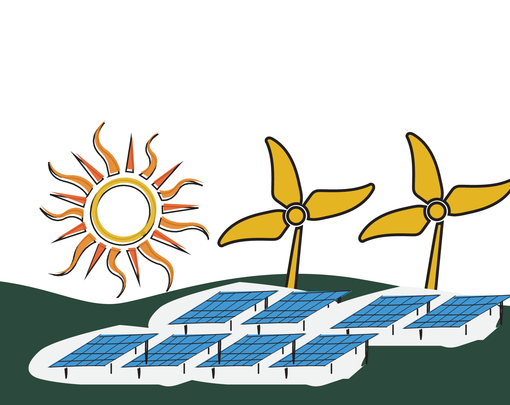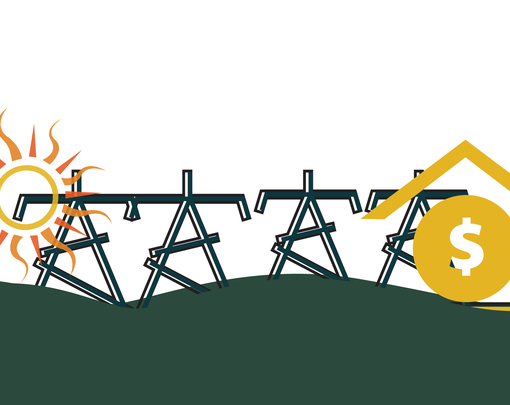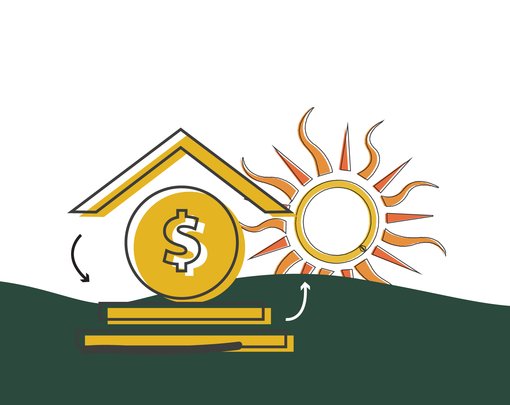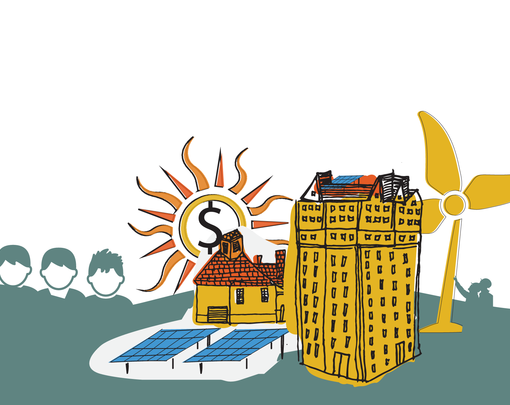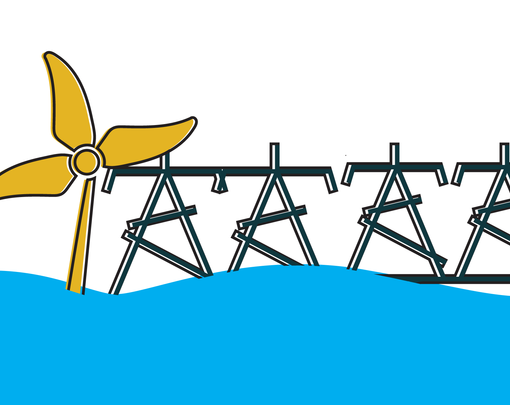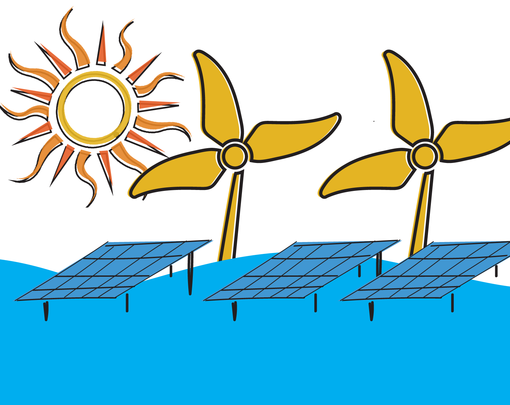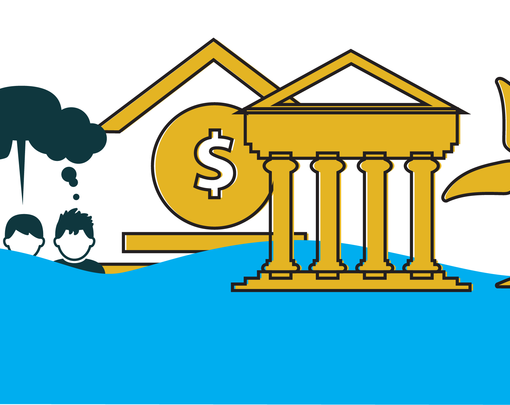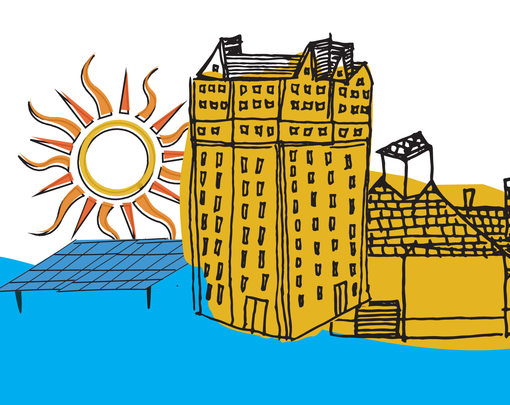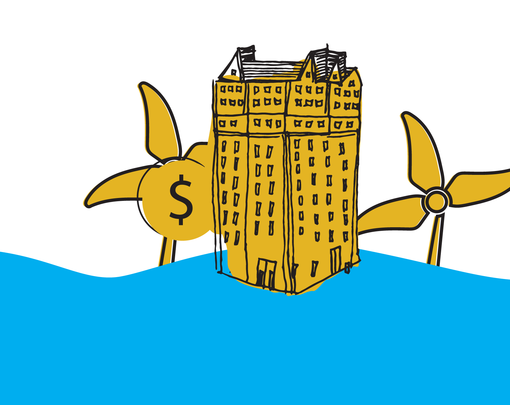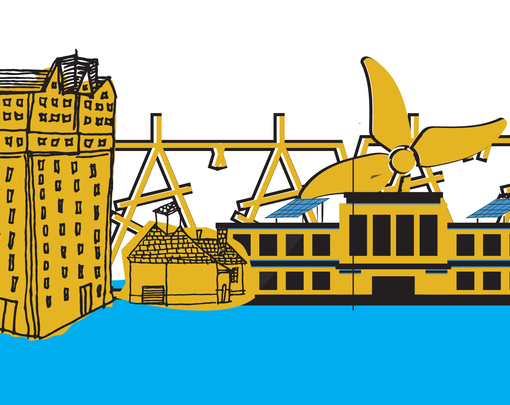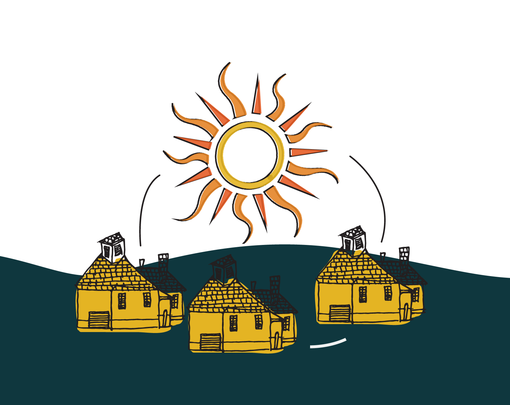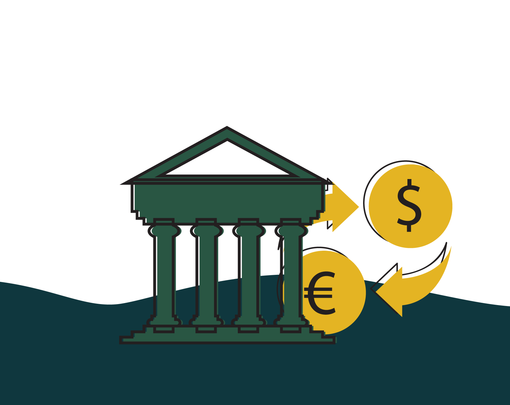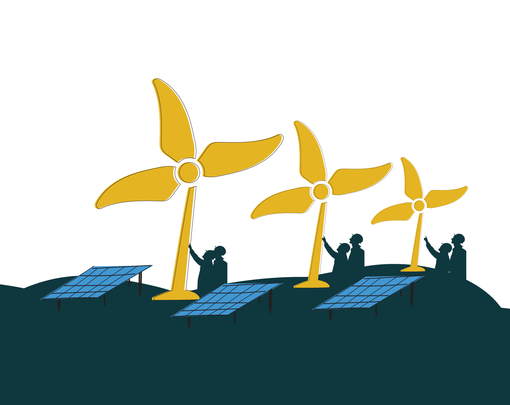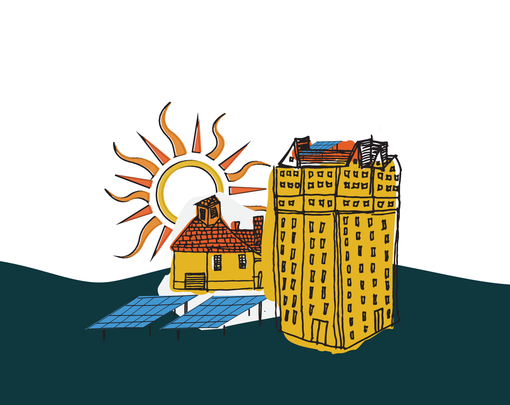Money for low-income households and multi-family affordable housing development that enables lower cost/free renewable energy installation for people who would normally not have access to lower cost energy.
Policy Support:
Use assistance to low-income communities as a strategy to reduce carbon emissions; stipulate that work funded by such subsidies connects to an inclusive green jobs training program.
Build Capacity?
Maybe. Such policies establish clear and explicit ways to acknowledge need to move resources and ownership to low-income communities, and have direct material benefits, but build either atomized single-family ownership or help subsidize developers of affordable housing, not residents themselves. Incorporation into a larger organizing frame is essential.
Risk & Drawbacks?
Strategies built on availability of continuing subsidies can be politically vulnerable; assumes stable regulatory context with favorable incentives for distributed solar production.
Inspiring Examples:
California’s Single-family Affordable Solar Homes Program provides low-to-no cost solar power systems to low-income households, using a barn raising model for installation that gives valuable experience to volunteers and green job trainees. Over 5,000 households have gone solar under the program.

